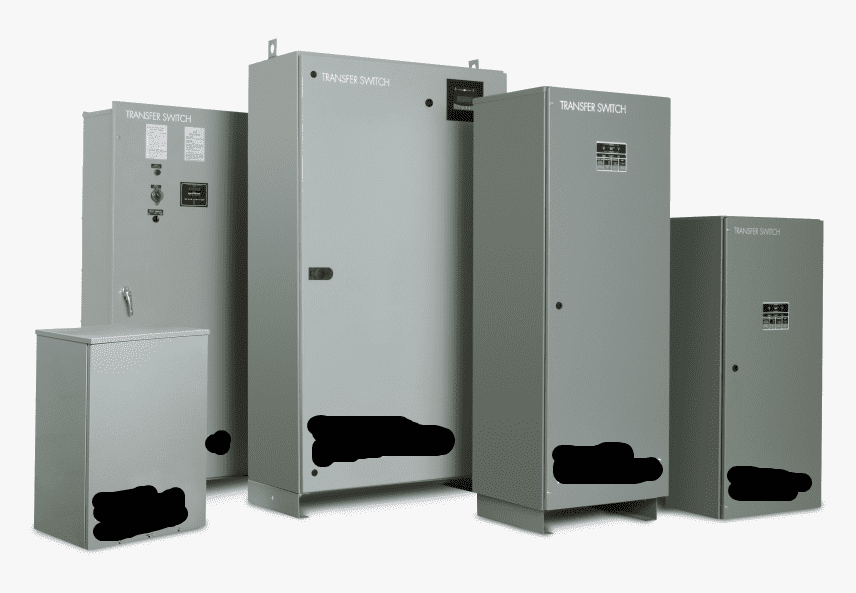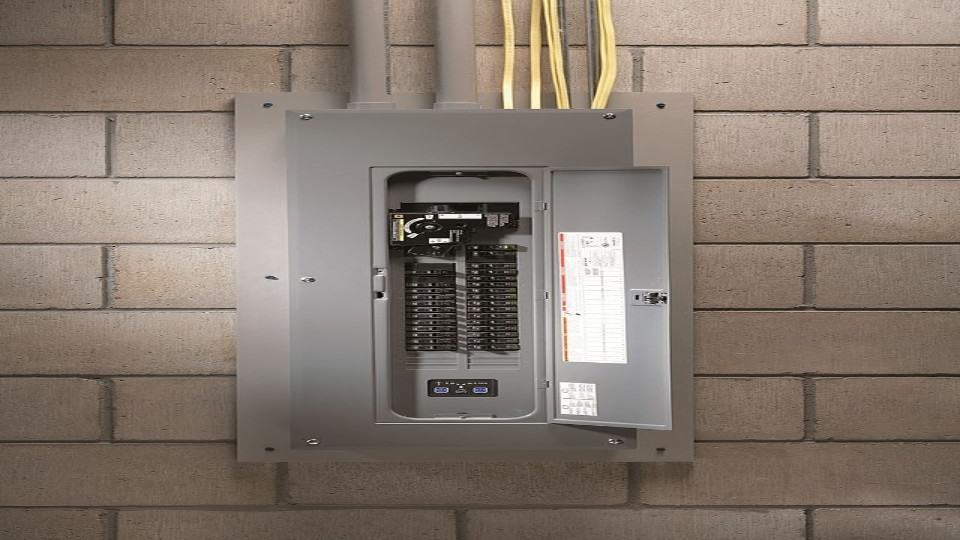A transfer switch is essential for any business that uses a generator for standby or backup power. Without it, you could risk damage to your building’s electrical system, injuries to your personnel; or safety issues for the utility workers trying to restore power. To work effectively; a transfer switch must matches your generator’s output, to your loads, and install properly.
What Is a Transfer Switch?
When there is a loss in utility power, a transfer switch makes it relativity easy and safe to transfer the electrical loads in your building from the utility grid to the generator. Depending on the configuration, the switch may transfer all electrical loads to the generator, or only critical loads like internal lightning, fire protection systems, medical device circuits, or point-of-sale systems.

How Does a Transfer Switch Operate?
There are two basic types of transfer switches: manual transfer switches and automatic transfer switches. Both act as a switch to transmit power, but the automatic version is far more complex.
Manual Transfer Switches
When the power goes out, businesses with a manual transfer switch must start the generator, wait for it to stabilize, then switch the building’s electrical loads from the utility grid to the generator. This is made with a high current switch. It can take several minutes to successfully transfer power, depending on how far away the generator is; where the switch is located, and how well everything operates. Once the power returns, the loads have to be manually switched back to grid power, and then the generator is shut down.
Automatic Transfer Switches
For businesses with an automatic transfer switch, transferring the loads is far easier, as long as everything works properly. When there is a loss in power, the automatic transfer switch senses it and directs the generator to start. Once the power stabilizes, a set of relays transfers the building’s loads from the utility grid to the generator. Depending on the quality of the generator, the transfer switches, and their configurations, this may take a few seconds or less. Some systems can even provide uninterrupted power. Once utility power has been back to normal; the automatic transfer switch will reconnect the loads to the utility grid, then shut the generator down.
Is a Transfer Switch Worth The Cost?
A transfer switch is a small price to pay for safety and convenience, plus it is required by the NEC for generators used for commercial or residential buildings. Additionally, it is safer than manually connecting power cables to your generator, and it is far easier.
Which Type Should I Choose?
If your business can tolerate a power loss for a few minutes while the generator is just starting and power is still switching over; manual transfer switches will often be less expensive and more robust than an autonomic version. If you need fast or uninterrupted power transfers, or you have critical equipment that must be on power 24/7; then automatic transfer switches are the best choice. Be sure to choose one that meets your required power ratings. Add up the wattage or amperage of all the electrical devices you will need during a power outage, and choose a switch that’s rate is above that number. For a good margin of error, size the switch for 150% to 200% of your estimated load.
Contact us today to learn what we have to offer or read more of our blogs.
Source(s): https://www.psicontrolsolutions.com/





